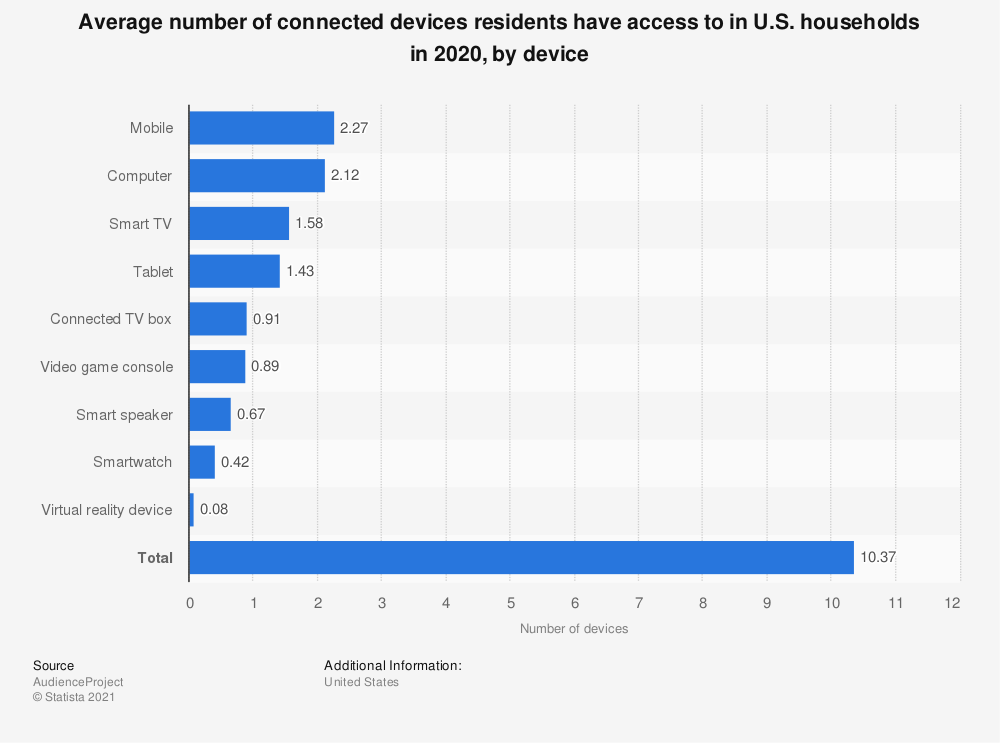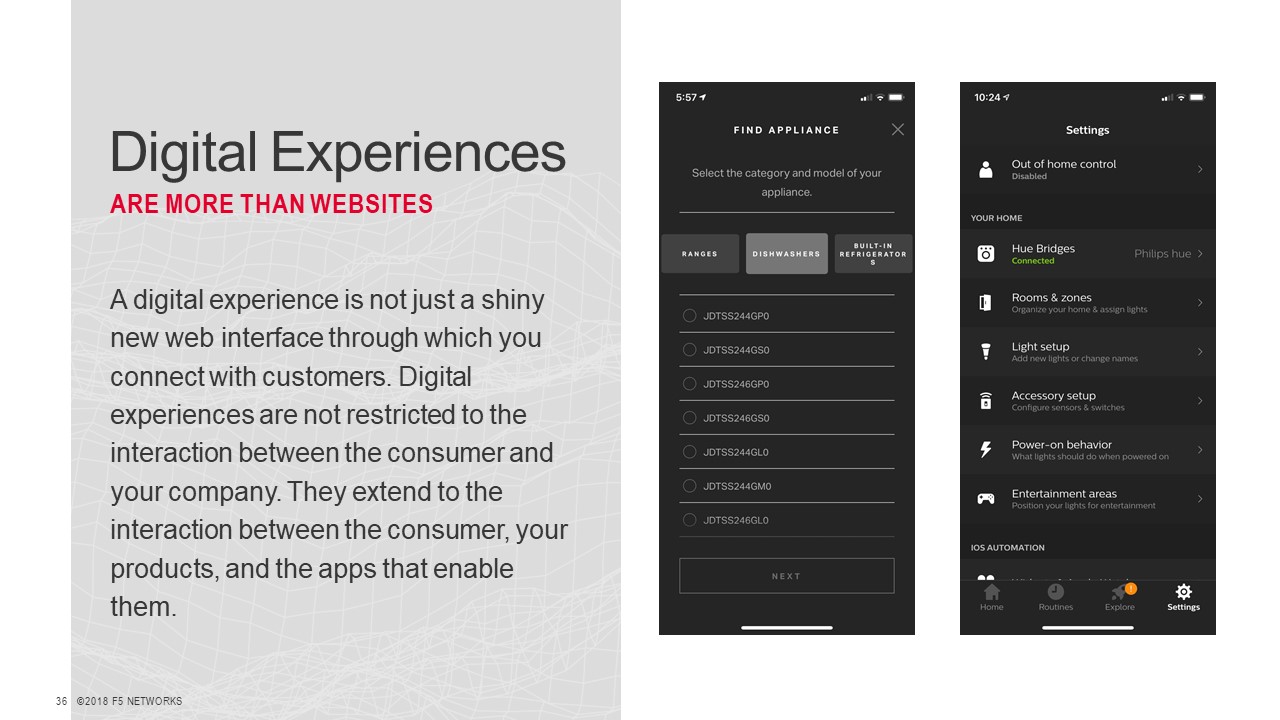あなたの製品は私のデジタル体験です
 ローリ・マクヴィッティ
ローリ・マクヴィッティ
あなたの家にはインターネットに接続できる製品がいくつありますか? 当然のことながら、携帯電話は無視しましょう。 ライトはどうですか? ソーラーパネル? ドア? 家電製品? カメラですか? ゲーム機ですか?
この投稿が単なる「スマートデバイス」の巨大なリストになってしまう前に、ここで止めておきます。
調査によると、2020年には平均的なアメリカ人が自宅に10種類のデバイスを所有していたそうです。

私たち全員が、インターネットに接続できるデバイスを少なくともいくつか持っていることは驚くことではありません。 驚くべきことに、私たちのほとんど、そしてほとんどの企業も、「IoT」をデジタル変革の一部として考慮していません。
製品のデジタル化は間違いなくビジネスプロセスの一部であるため、そうすべきです。
ウェブとITを超えて
今日、多くの人がデジタル変革の視点を IT とマーケティングに限定しています。 派手なウェブサイトとモバイルアプリ。 自動化されたサービスデスクとチャットボット。 自動化。 オーケストレーション。 パブリッククラウド。 これらはすべて、デジタル変革と一般的に関連しています。
あまり言及されていないのは、食器洗い機を管理するアプリケーションと、サンゴ礁の水槽を健全に保つために使用する投与ポンプを操作するアプリケーションです。 どちらもデジタル化された製品の例です。 運営にはデジタル化に依存しているものもあります。 たとえば、食器洗い機はテクノロジーがなくても問題なく操作できますが、投与ポンプの場合はそうではありません。 ポンプはヘッドレス装置です。 技術的には、アプリケーションが唯一の操作方法であるため、それほどスマートではありません。 私のライトはアプリケーションなしでもオン/オフを切り替えることができますが、その機能 (および色) をフルに活用するにはアプリケーションが必要です。
デジタル変革はビジネスの旅です。 その旅には、人々やボットが私とチャットする準備ができている、更新され近代化された Web サイト以上のものが含まれています。 それは製品の変革でもあります。
この変換により、少なくとも 1 つのアプリケーション、多くの場合は 2 つのアプリケーションが作成されます。 モバイルアプリと Webアプリケーションが付属していない「スマート デバイス」にはまだ出会ったことがありません。
ビジネスにとっての意味は、デジタル変革によって「デジタル エクスペリエンス」の対象となるものの基盤が拡大しているということです。
あなたの製品は私のデジタル体験です
スマート デバイスを動作させるためのアプリケーションに関する私の経験は、Web サイトがどれだけ使いやすく、ナビゲートしやすいかよりも重要である可能性があります。 新しいデバイスを動作させるためのプロセスがあまりにも不格好または面倒な場合は、単に使用しない可能性があります。 あまりにも多くの手順を実行するように求められたり、数か月前にしまっておいたマニュアルを探さなければならなかったりする場合は、削除するかもしれません。 もしそれが私をイライラさせ、デバイスの操作に必要なのであれば、私は間違いなく、その製品で自分がどれだけ悪い経験をしたかを他の人に知らせるでしょう。

製品自体が優れているかどうかは関係ありません。 アプリケーションの使用感が悪いと、製品の品質や機能は意味をなさなくなります。 スマートなデジタルの世界では、製品が体験となるため、顧客体験は製品にまで広がります。
ビジネスをデジタル化するということは、プロセスから製品まですべてをデジタル化することを意味します。 つまり、デジタル エクスペリエンスは、IT やマーケティングをはるかに超えて、製品自体の操作に必要なアプリケーションにまで広がります。
モノのインターネットは常にアプリケーションのビジネスでした。 デジタル化が急速に普及しつつある今、プロバイダーもようやくそのことに気づき始めている。
いくつかのデジタル製品に関する私の経験からすると、一部の企業はまだそれを理解していないようです。